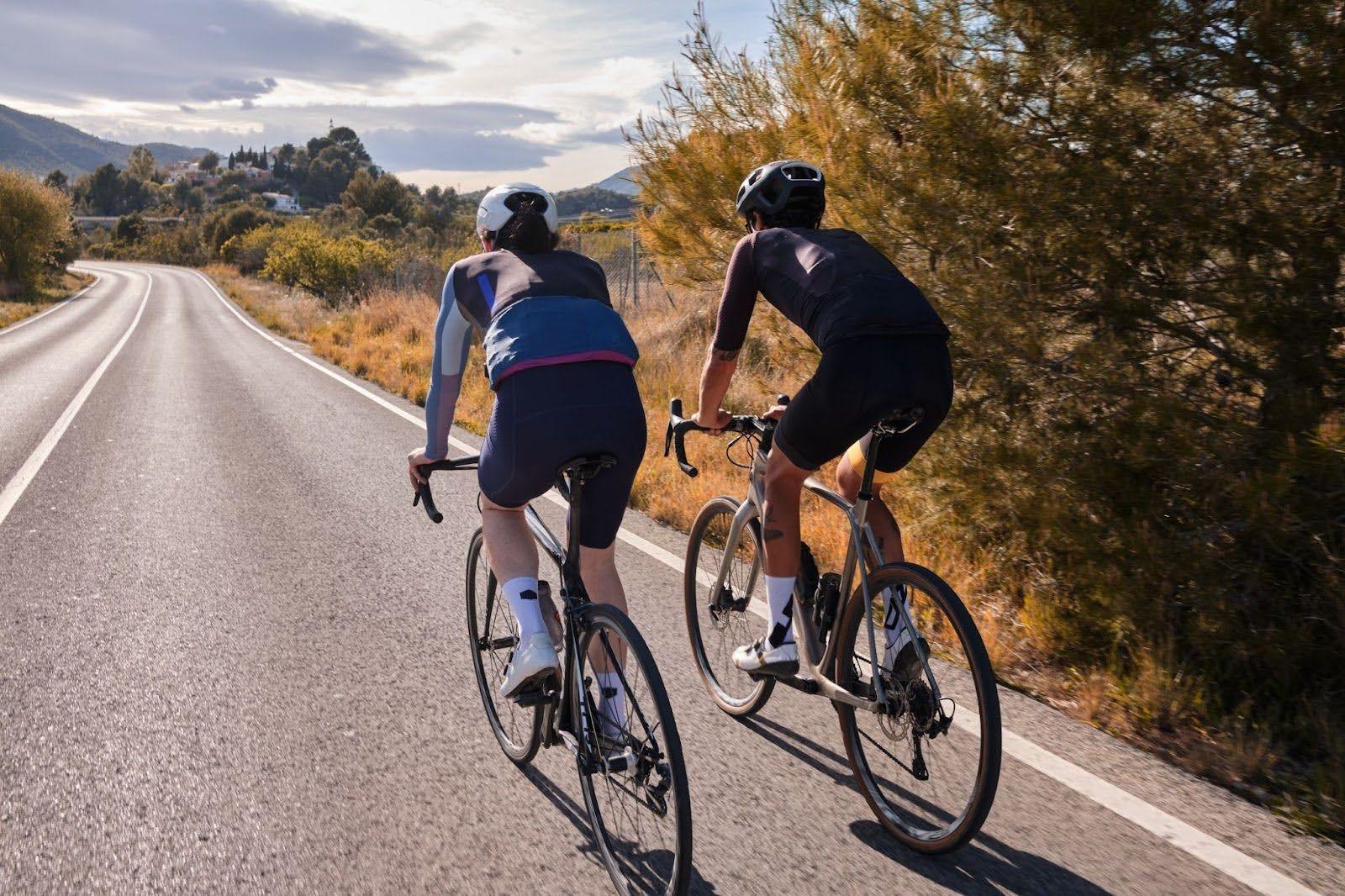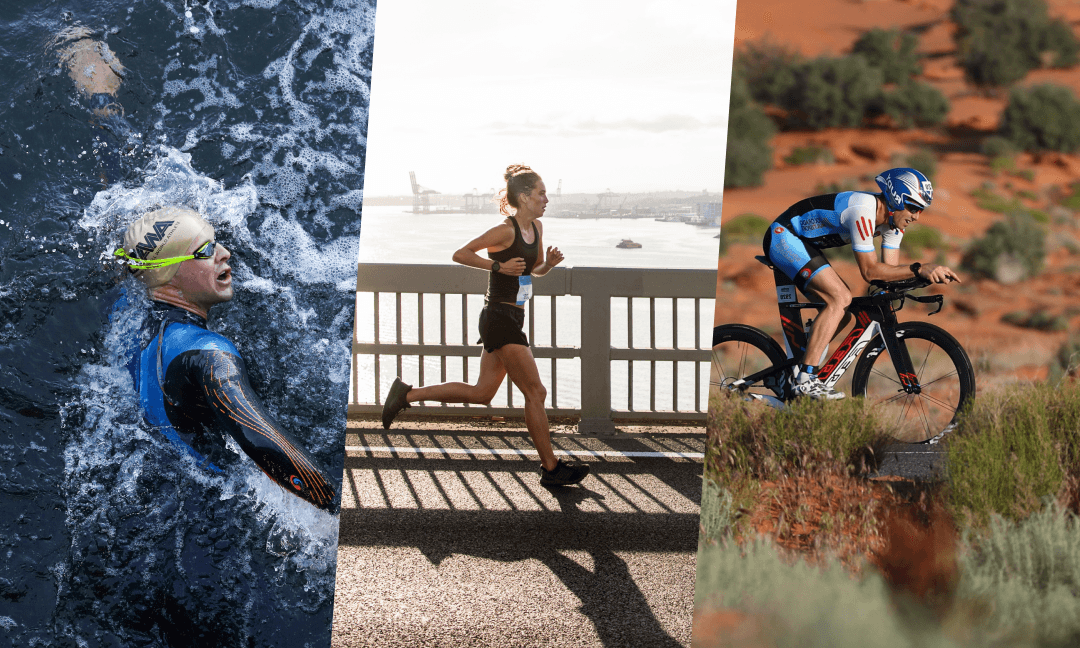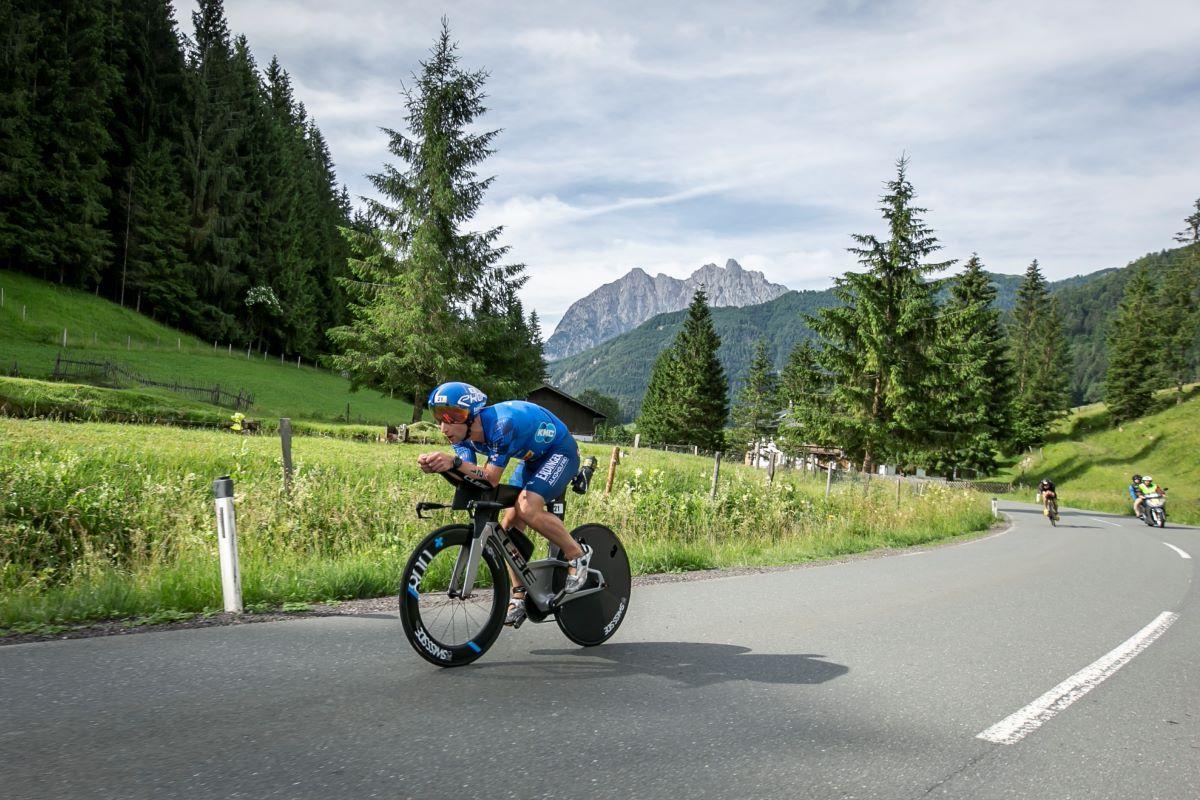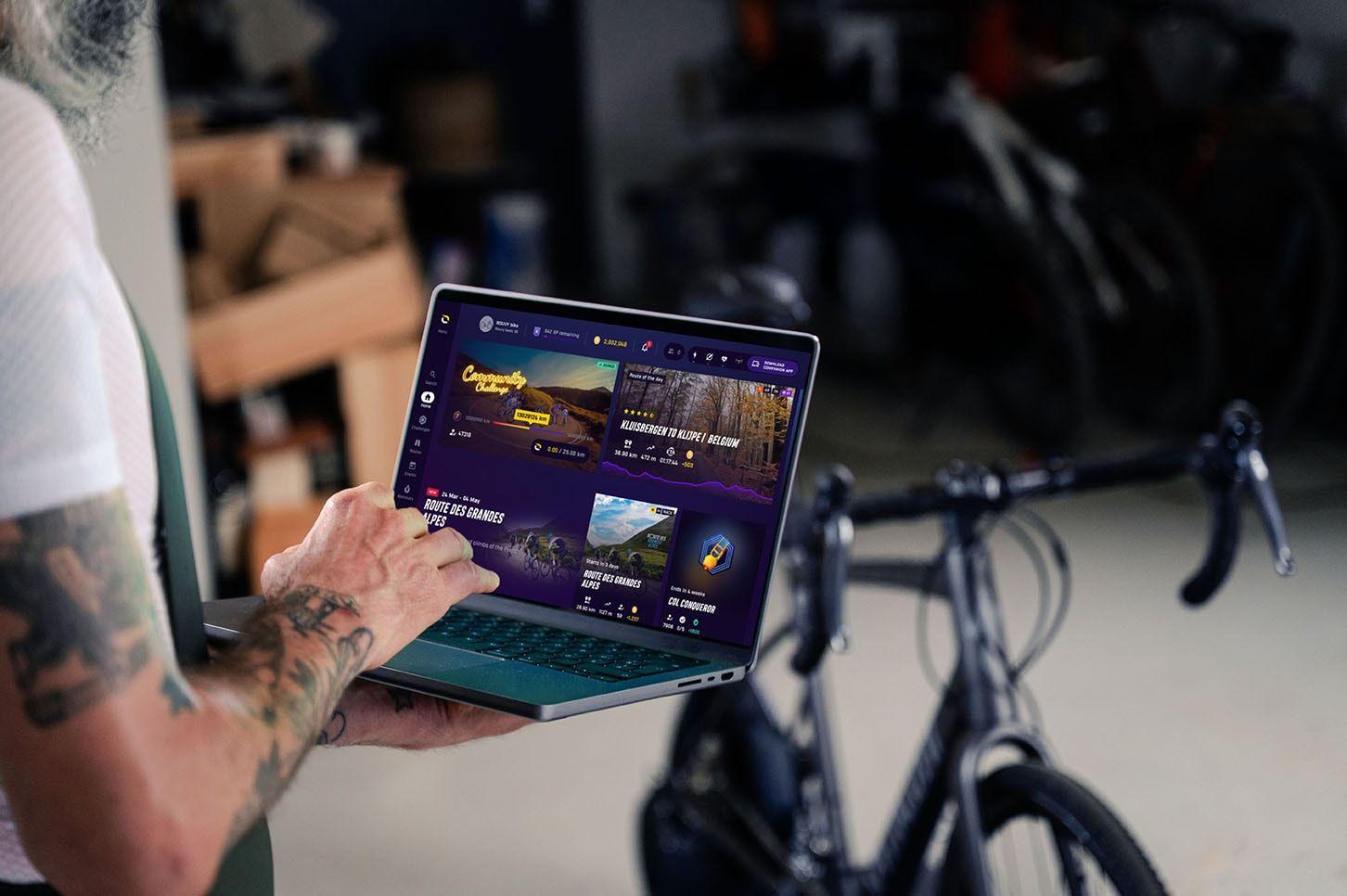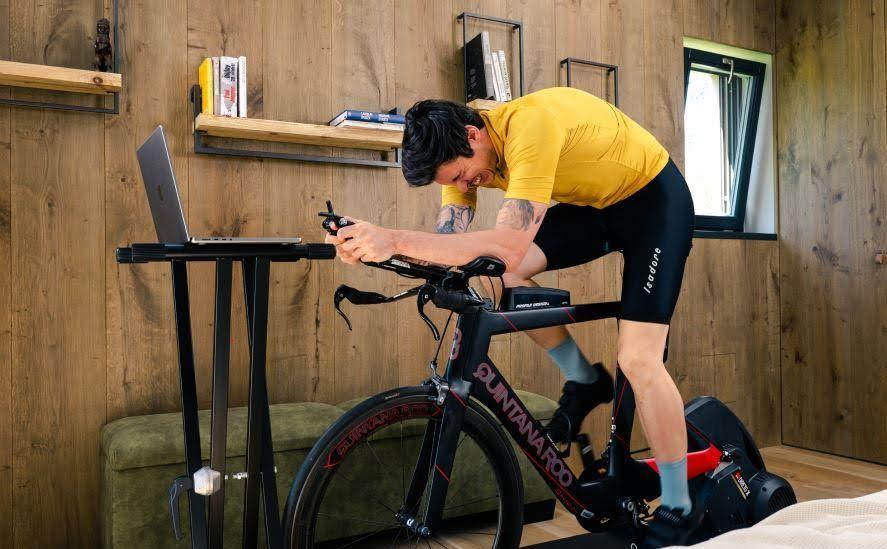Why the Norwegian method matters for cyclists
In recent years, the endurance world has been buzzing about the Norwegian training method. Originally developed and refined for elite triathletes like Kristian Blummenfelt and Gustav Iden, it has since been adopted by runners, rowers, and increasingly, cyclists. Its appeal lies in how it balances the science of training zones with the art of building long-term endurance.
The Norwegian method challenges the old “train harder, race harder” mindset. Instead, it suggests that real progress happens not by destroying yourself with intervals every day but by spending large amounts of time riding at the right intensity, with carefully controlled doses of threshold work.
While the professionals may clock thirty hours a week, the lessons of this approach can be scaled down for everyday cyclists. Whether you are a road racer, a gravel rider, or an indoor rider using ROUVY, understanding the Norwegian method can help you train smarter and ride stronger.
Imagine logging into ROUVY, selecting a scenic bucket list route through the Italian Alps or the beautiful Norwegian fjords, and using that immersive ride to build your aerobic stamina at LT1. Suddenly, your training is not only structured but also enjoyable and motivating.
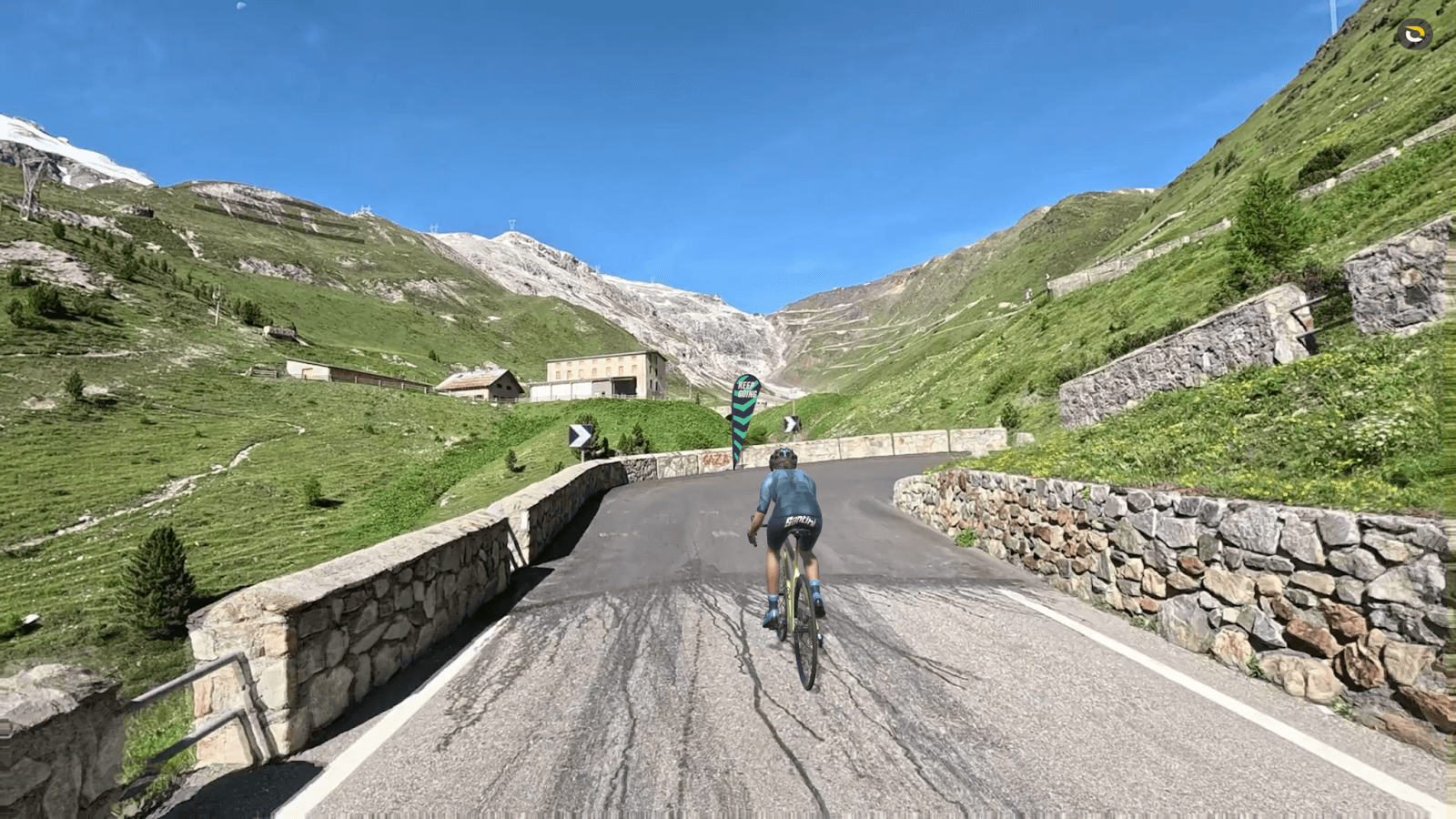
The core principles
The Norwegian method is based on three interconnected principles: high volume at low intensity, controlled threshold work, and data-driven precision. Together, they create a structure that reduces the risk of burnout while steadily improving performance.
High volume, low intensity
The bulk of Norwegian training is conducted below the first lactate threshold (LT1). LT1 means long hours of steady aerobic endurance riding where your heart rate feels comfortable, breathing is controlled, and you could hold a conversation. The aim is not to finish each session exhausted, but to train your body to become more efficient at burning fat, transporting oxygen, and riding for extended periods.
For elite cyclists and triathletes, this might mean 20 to 25 hours a week of Zone 1–2 training (on a five-zone scale). For the rest of us, it could mean simply prioritising more easy rides, extending weekend endurance sessions, and resisting the temptation to push every session into the “grey zone” of moderate-hard effort.
While riding indoors, you can select long ROUVY routes, Zone 2 workouts, or participate in group rides. These steady sessions can be surprisingly engaging when you have rolling scenery on screen and structured pacing targets to hit.
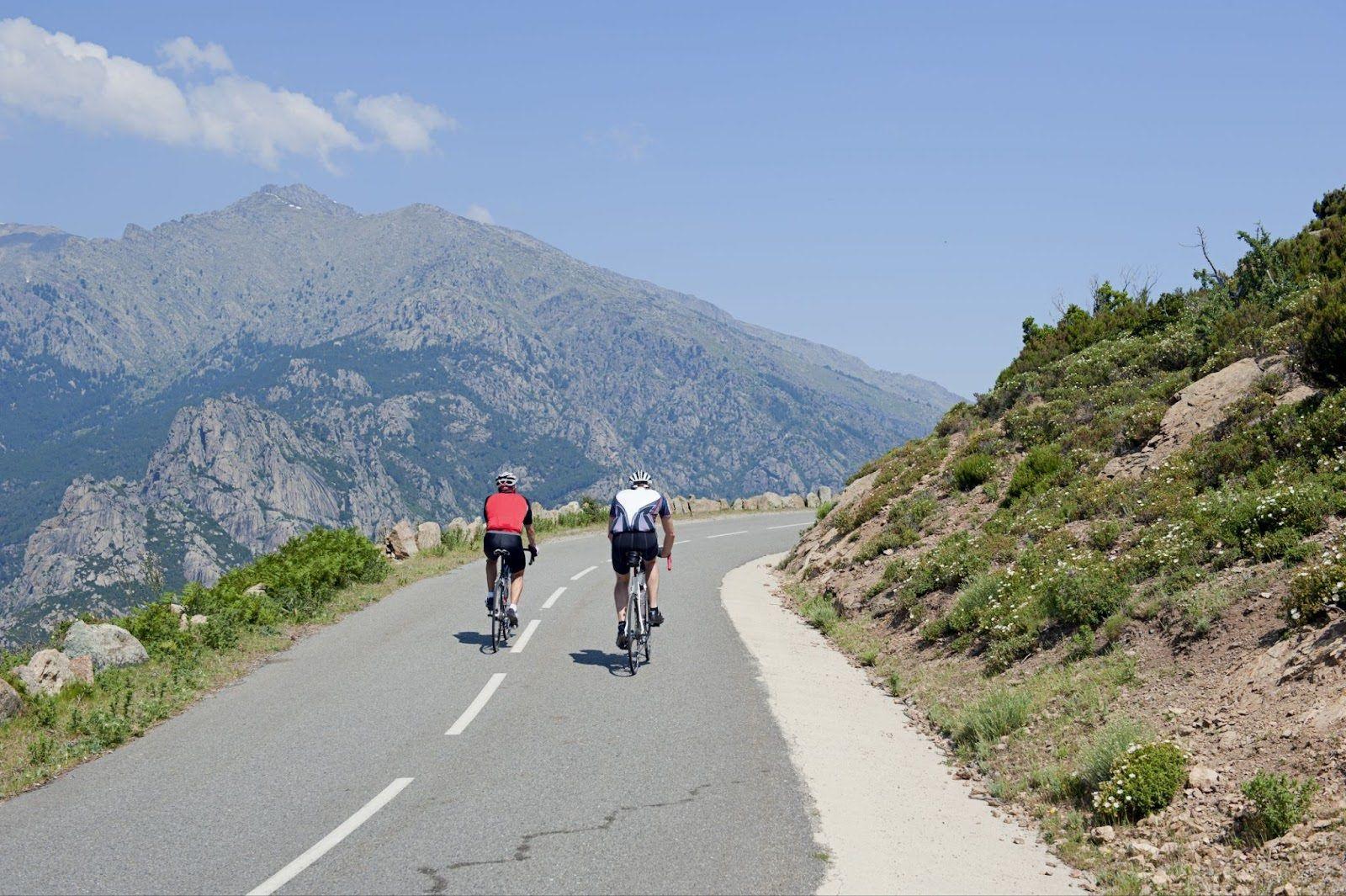
Controlled threshold work
The second ingredient is training around the second lactate threshold (LT2). LT2 is the effort you could hold for 45 to 60 minutes, hard, but not an all-out sprint. Norwegians favour long intervals at this intensity, such as 2 x 20 minutes, 3 x 15 minutes, or 4 x 10 minutes, often done twice in one day.
The key is control. These intervals are not max efforts. They are executed with strict attention to heart rate, power, or even lactate readings, ensuring you stay just under the tipping point where fatigue spirals out of control. This discipline allows athletes to accumulate a large amount of quality training at threshold without breaking down.
For the amateur cyclist, one or two threshold workouts per week is enough. On a trainer, it could be as simple as picking a ROUVY route with a steady 20-minute climb, then repeating it at a controlled pace. Alternatively, in Workouts, select Power Control and choose your desired wattage, or opt for a Slope Control workout and set your gradient to achieve the correct zone. Alternatively, in the Workout Editor, you can create your own workout at the exact wattage and intervals required.
Data-driven training (lactate, power, HR)
Norwegian coaches are famous for their use of lactate testing during sessions. Athletes prick their finger or ear to measure blood lactate, confirming whether they are really in the intended zone. While few amateur cyclists have access to lactate meters, power meters, and heart rate monitors, these devices serve as accessible replacements for measuring performance. The principle remains the same: training should be guided by objective feedback rather than vague feelings of effort.
For your indoor rides, this becomes even easier; smart trainers and virtual platforms provide real-time data to help you stay disciplined.
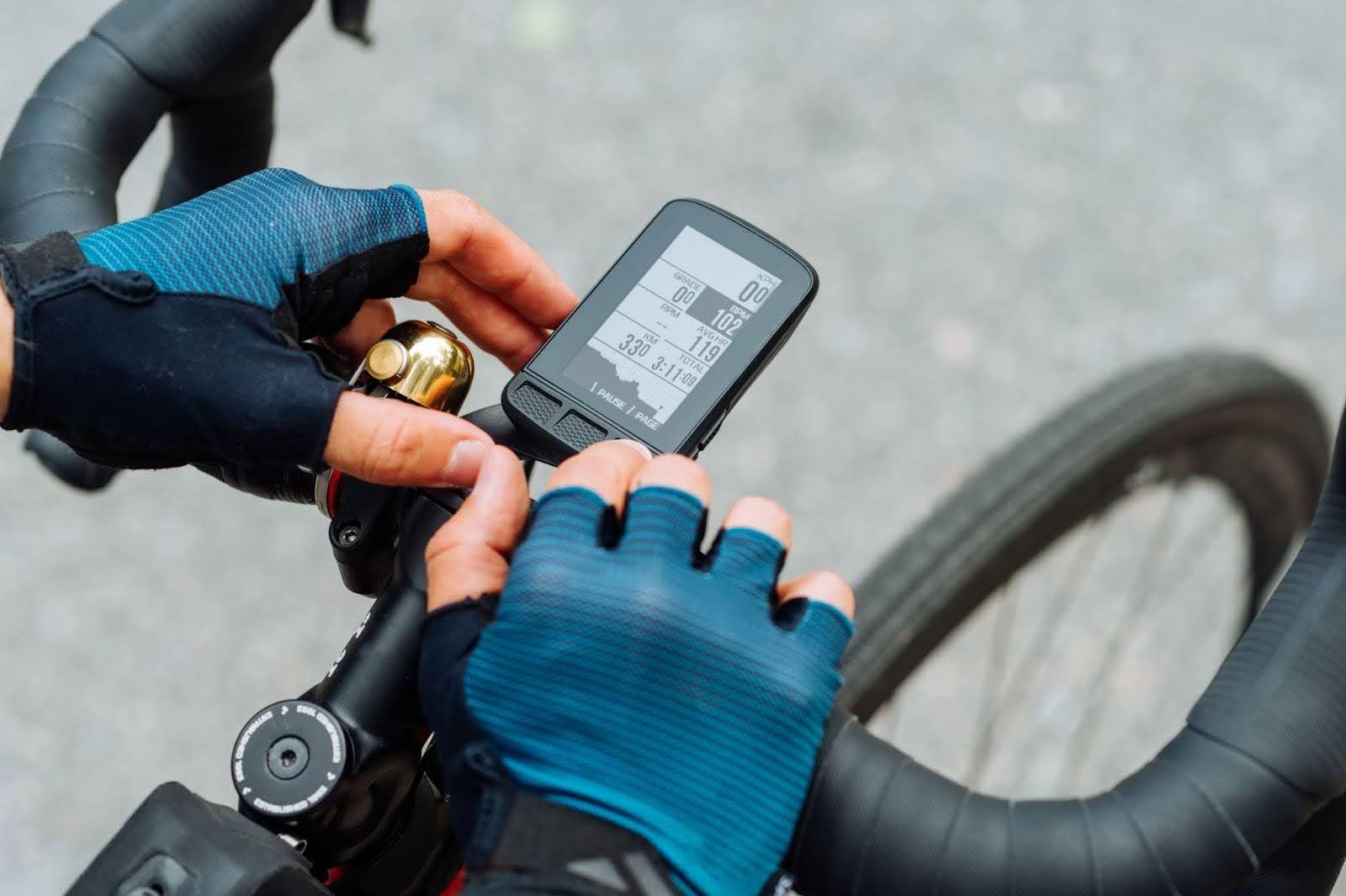
LT1 and LT2 zones explained simply
To understand the Norwegian method, you need to grasp LT1 and LT2. These thresholds are not abstract science but practical markers that shape your training.
LT1 (first lactate threshold): This is the point where blood lactate begins to rise above resting levels. Below LT1, you are mostly burning fat and can sustain the effort for hours. In practice, this might be a gentle endurance ride at 60–70% of your functional threshold power (FTP) or a heart rate of 65–75% of your maximum heart rate.
LT2 (second lactate threshold): This is the intensity where lactate accumulates faster than your body can clear it, but still below your all-out maximum. It is often close to your FTP and represents your sustainable “hour power.” Training here builds your ability to resist fatigue at race pace.
The genius of the Norwegian method lies in focusing almost entirely on these two zones: easy riding below LT1 and structured work around LT2, while avoiding the middle ground that feels hard but delivers less clear benefits.
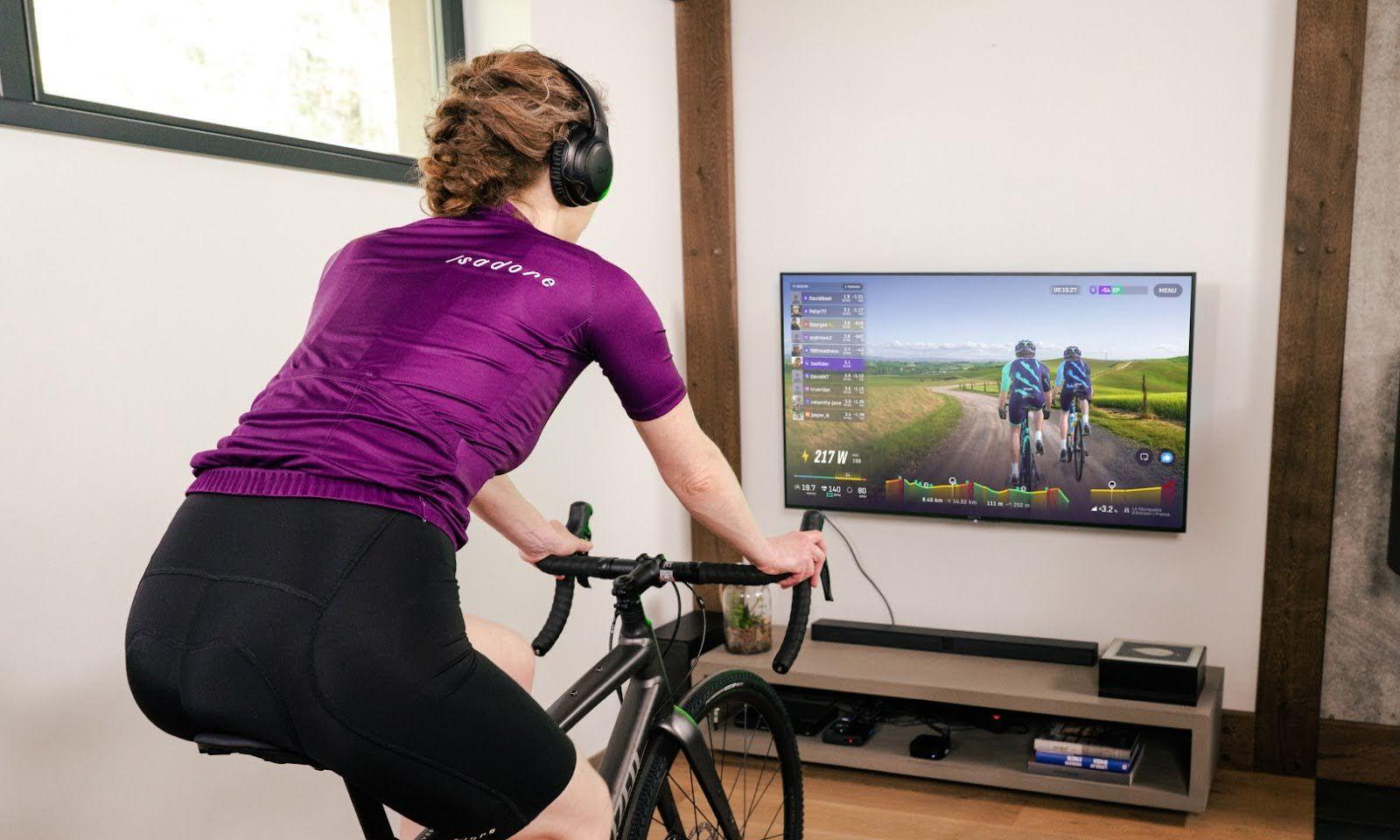
Threshold sessions and double days
One of the focal points of Norwegian training is the double-threshold day. An athlete might ride 3 times for 20 minutes at LT2 in the morning, then return in the afternoon for another 3 times for 20 minutes. This approach is highly demanding, which is why it’s mainly suited for experienced athletes who can recover fast.
For cyclists whose sole focus is not only training, the concept can be adapted more gently. Conducting one threshold session per week, either two 20-minute sessions or three 12-minute sessions, is a solid start. As you progress, you can add a second session; however, recovery must always be closely monitored at all times.
The point is not to exhaust yourself with intensity, but to build the ability to sustain long, hard efforts while still managing the training.
On ROUVY, you could simulate a “double” by splitting your sessions into two shorter rides instead of one long one, perhaps 90 minutes before work and 60 minutes in the evening, both keeping careful pacing in mind.
Sample week for cyclists (intermediate and advanced)
Here’s how a Norwegian-inspired week could look, scaled for those training 7-12 hours:
Intermediate (7-9 hours):
- Monday: Rest or easy 1-hour spin
- Tuesday: Threshold session (e.g., 3 x 12 minutes at 95-100% FTP with 5 minutes recovery)
- Wednesday: Endurance ride 1.5 hours below LT1
- Thursday: Easy spin or short skills session
- Friday: Endurance ride 1.5-2 hours below LT1
- Saturday: Long endurance ride 3-4 hours below LT1
- Sunday: Recovery spin 1 hour or rest
Advanced (10–12 hours):
- Monday: Rest or 1-hour recovery
- Tuesday: Threshold session (e.g., 4 x 15 minutes at 95-100% FTP)
- Wednesday: Endurance ride 2 hours below LT1
- Thursday: Threshold session (e.g., 2 x 20 minutes at LT2)
- Friday: Easy 1-hour spin
- Saturday: Long endurance ride 4-5 hours below LT1
- Sunday: Endurance ride 2 hours below LT1
This structure balances endurance with two focused threshold sessions, offering one the Norwegian system without needing professional-level volume.
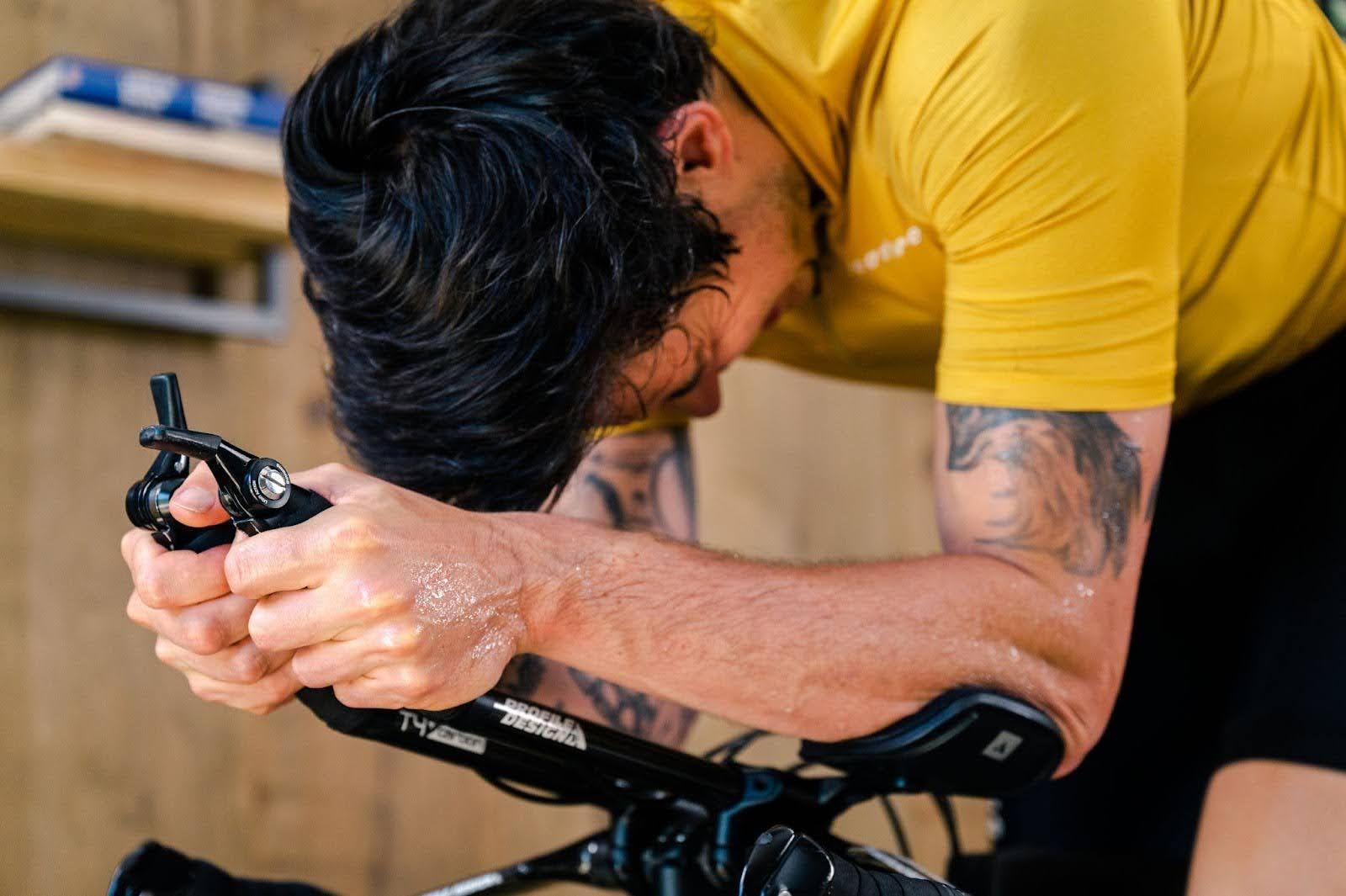
Recovery and avoiding overtraining
The Norwegian method looks clinical and disciplined on paper, but it is only sustainable because recovery is treated with equal seriousness. Easy rides are really easy. Rest days are not optional. Nutrition and sleep are priorities, not afterthoughts.
One should remember that the real magic happens in adaptation, not in the session itself. Pushing too hard in easy rides or adding “just one more interval” can tip you over the edge toward overtraining. It’s a fine line. Listening to your body, tracking resting heart rate or perceived fatigue, and adjusting as needed are all part of the plan.
Practical tips: how to apply it without 30h/week
You don’t need to be a Norwegian professional to benefit from this type of training. Here are some ways to apply the principles within a realistic schedule:
Use LT1 as your anchor. Find your comfortable endurance pace and build most of your riding around it.
Add one or two threshold sessions per week. Stick to the plan, stay controlled, and avoid turning them into race efforts. Discipline is needed.
Extend your endurance rides gradually. Start with 90 minutes and build up to three to four hours on weekends, if time allows.
Monitor intensity with heart rate and power. Do not rely only on perceived exertion, especially for threshold work.
Respect recovery. Prioritise sleep, nutrition, and easy days. Your gains depend on it.
Stay consistent. The Norwegian method is about long-term development. Skipping weeks of training cannot be compensated for by cramming or trying to catch up on missed days.
Smarter training, better riding
The Norwegian training method for cyclists is not a magic formula reserved for elites. Its brilliance lies in simplicity: ride a lot at low intensity, spend controlled time at threshold, and let science, not ego, guide your effort.
For road and gravel cyclists, indoors on ROUVY, or triathletes juggling three sports, this approach offers a roadmap to steady improvement without burning out. You may not ride thirty hours a week like a Norwegian pro, but by adapting the principles, you can train with purpose, recover well, and take your endurance to the next level.
Ultimately, smart training consistently outperforms hard training. The Norwegian method simply proves the point.
